 | ||
Voltigeurs portraits des plus grands artistes questres fran ais
The Voltigeurs were French military skirmish units created in 1804 by Emperor Napoleon I.
Contents
- Voltigeurs portraits des plus grands artistes questres fran ais
- Voltigeurs du coll ge bourget juv nile division 2 saison 2016
- Etymology
- Line and Light Infantry Voltigeurs
- Uniform
- Voltigeurs of the Guard
- Voltigeurs in French allied states
- References
Voltigeurs du coll ge bourget juv nile division 2 saison 2016
Etymology
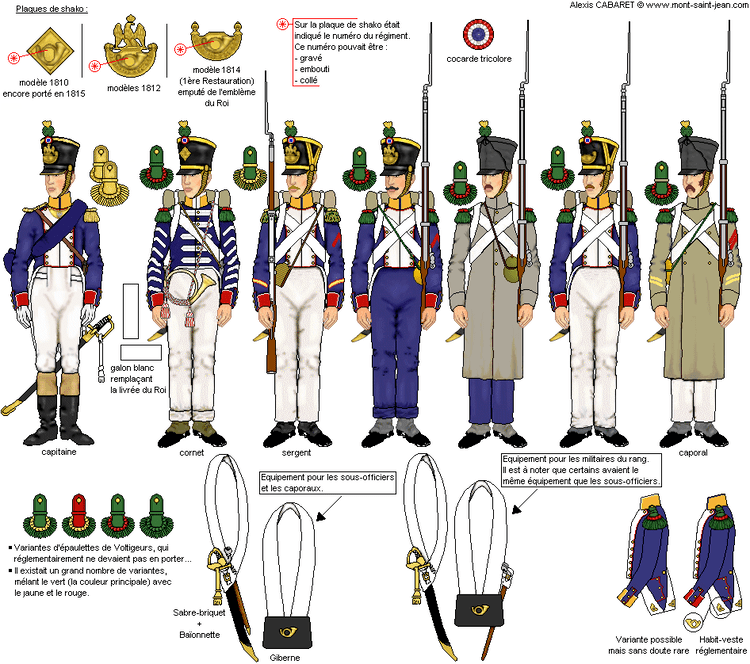
Voltigeurs ([vɔltiʒœʀ], English: "vaulters") were named after their originally conceived mode of operation: although they were foot soldiers, on the battlefield they were intended to jump onto the croup of cavalry horses to advance more quickly. This proved unworkable and they were trained to be elite skirmishers, but they retained their original name. Voltigeurs formed an integral part of Grande Armée's basic building blocks, the Line and Light infantry battalions.
Line and Light Infantry Voltigeurs

In 1804, each French Line (Ligne) and Light (Légère) infantry battalion was ordered to create one company of ninety of the best shots who would serve as elite skirmishers.
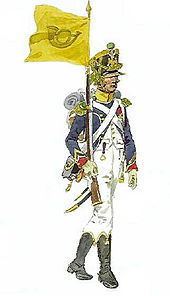
This company would frequently be detached from the battalion to perform specialised light infantry tasks - operating in loose formation, forming the skirmish line and screening the battalion from the enemy. The voltigeurs were skilled at sharpshooting and received specific training in marksmanship, using cover and taking the initiative.
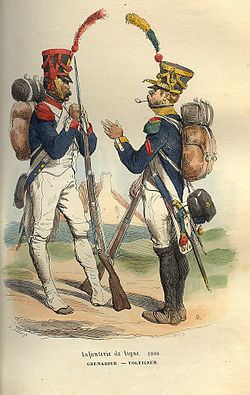
Although the original concept of skirmishers using cavalry to transport them during battle quickly proved unworkable in any large scale, voltigeurs did on occasion ride with French dragoons to battle, as recalled by a British officer on the harrowing retreat of John Moore's army prior to the Battle of Corunna.
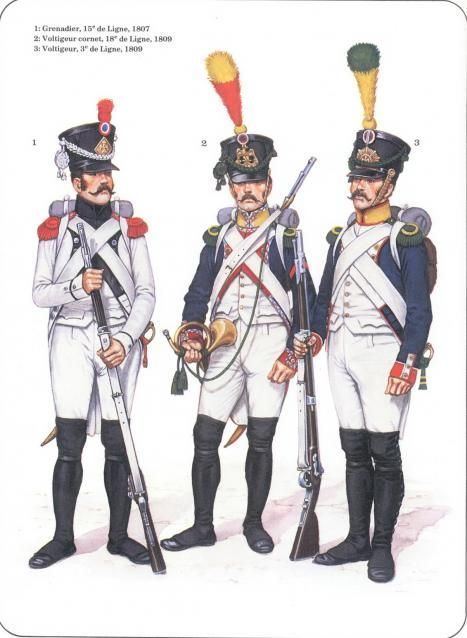
"The French had much the advantage of us in these petty warfares, for I have frequently seen their light troops mounted behind their dragoons, so that when they came to a favourable place to make an attack, these fellows dismounted quite fresh, and our light troops who had been always marching, had to oppose them; still we managed to beat them off."

With the reorganization of 1807 the voltigeur company was enlarged to 120 men. When the battalion was formed up in line formation, the voltigeurs took their place on the left of the line, the second most prestigious position. The top position, the right, was occupied by the battalion's grenadier company.
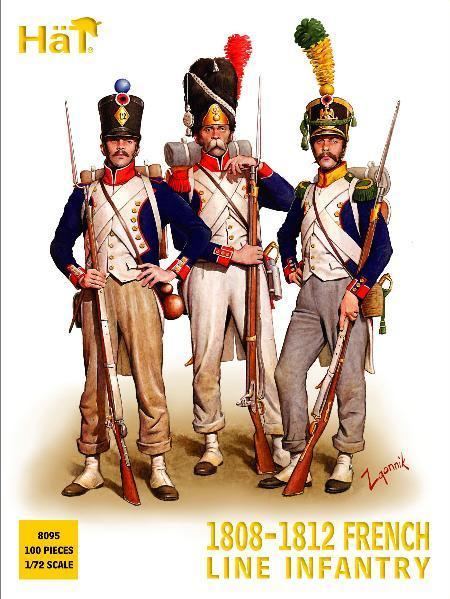
After the huge losses incurred during the 1812 Russian Campaign the quality of the French voltigeurs declined as the new units lacked the experience and training to set them apart from their 'non elite' compatriots in the regular light infantry chasseur companies. The hastily reformed regiments of 1813, numbering up to 19, were not up to the same standard as the elite units of the Voltigeurs before the Russian campaign. Despite this, the Voltigeurs of the Guard performed admirably in the 1813-14 campaigns.
Uniform
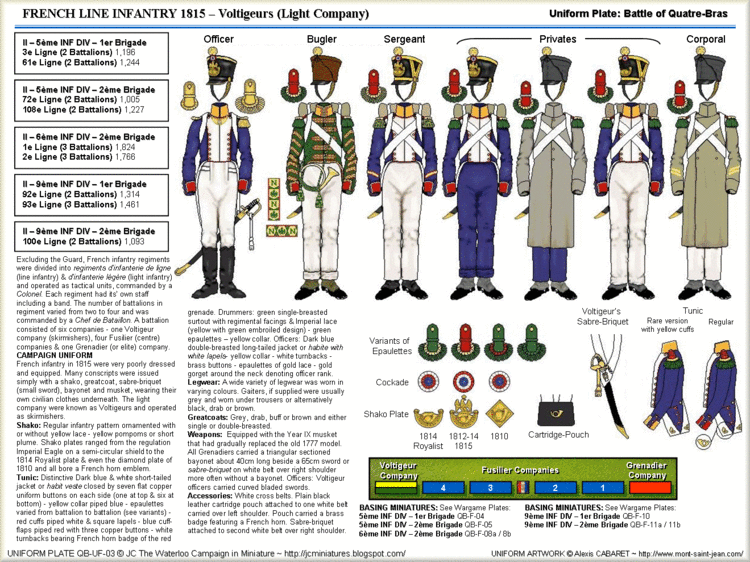
The uniform was made of a blue coat with yellow collar and cuffs piped red, red and green epaulettes with a yellow crescent, and yellow bugle horns on the turnbacks. From 1804, they wore shakos, but some had bicorne hats with green pompoms and a yellow brush. By 1807, all Voltigeurs had a shako which could be plain black, and have a yellow top or bottom band, or have yellow chevrons, green cords, and an all-green plume or a green plume with a yellow tip. Line voltigeurs had white trousers and lapels, while light voltigeurs had blue trousers and lapels.
Voltigeurs of the Guard
In 1809, the French Imperial Guard's corps of Chasseurs formed the Tirailleurs-Chasseurs and Conscrit-Chasseurs regiments, part of the Young Guard. In 1811, these units were renamed Voltigeurs, forming the 1-4th regiments. The Voltigeurs of the Guard, along with their sister regiments the Tirailleurs (formerly the Tirailleurs-Grenadiers and Conscrit-Grenadiers Regiments), provided the skirmish screen for the Chasseurs and Grenadiers of Napoleon's Old Guard.
During the Battle of Waterloo the Voltigeurs, along with the Tirailleurs, conducted a tenacious defense of the town of Plancenoit against a major Prussian flanking attack. Despite being heavily outnumbered, the Young Guard, reinforced by some battalions of Old Guard Grenadiers, held the town until the defeat of the Middle Guard attack on the allied centre caused the army to collapse.
After the abdication of Napoleon and the Second Restoration of the Bourbon kings, the surviving regiments of Voltigeurs, along with the remnants of the entire Imperial Guard, were disbanded.
Voltigeurs in French-allied states
Several Napoleonic French allies based their battalion formation on that of the French. These allies also had voltigeur companies in their battalions. The allies using the French battalion system included:
In addition, the US organized a "Regiment of Voltigeurs and Foot Riflemen" (1847-1848) for service in the Mexican-American War.
